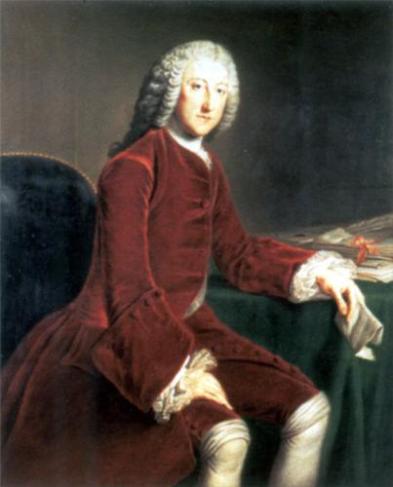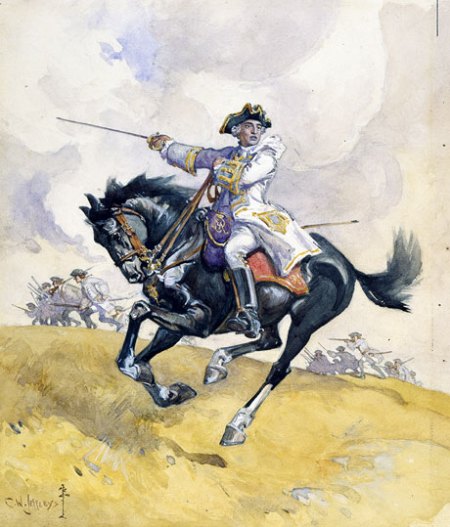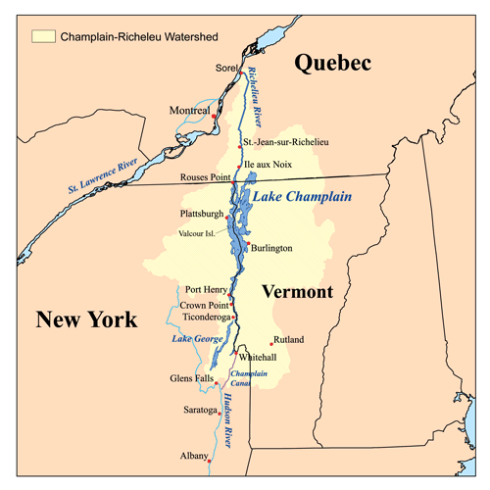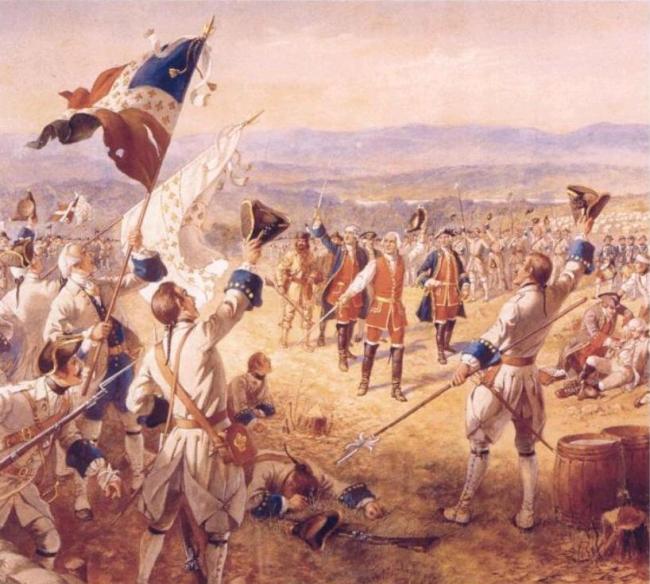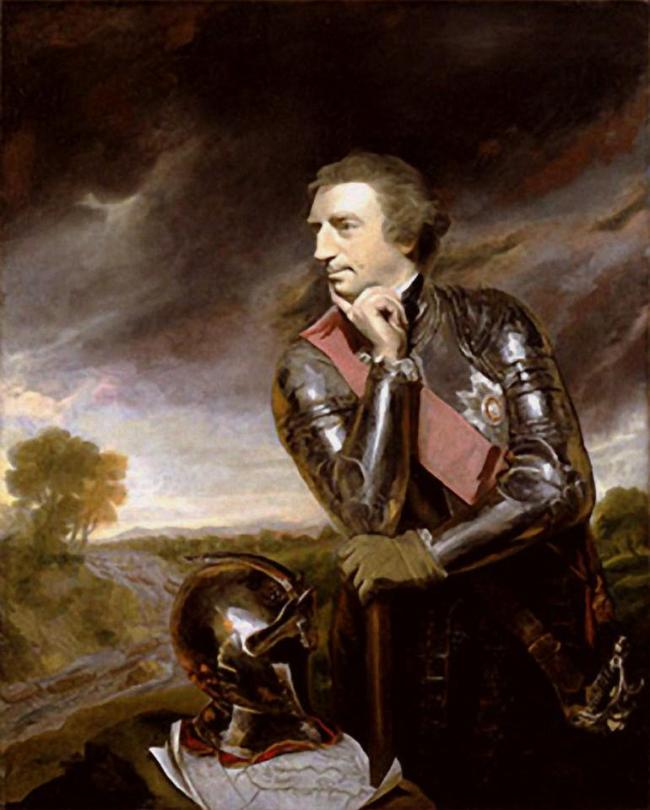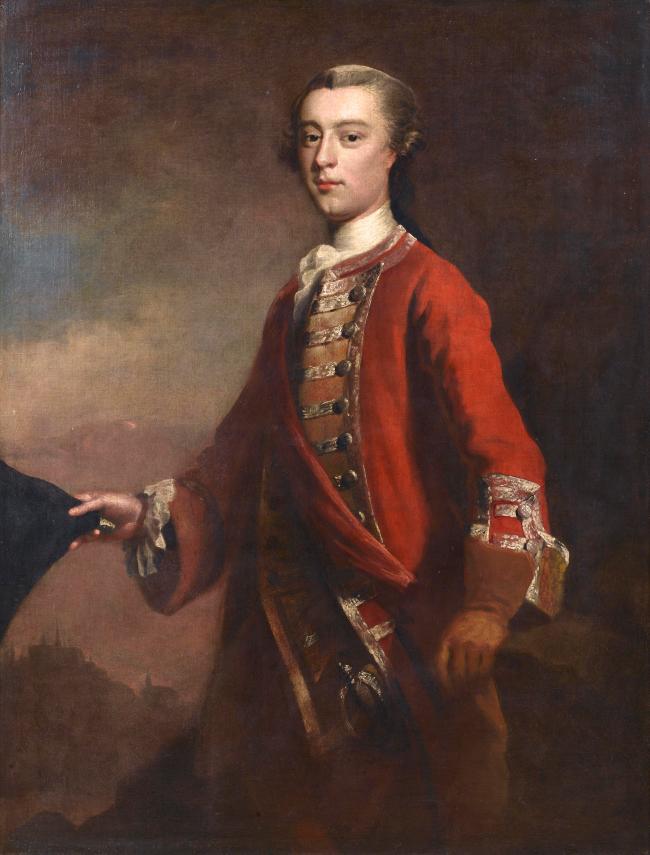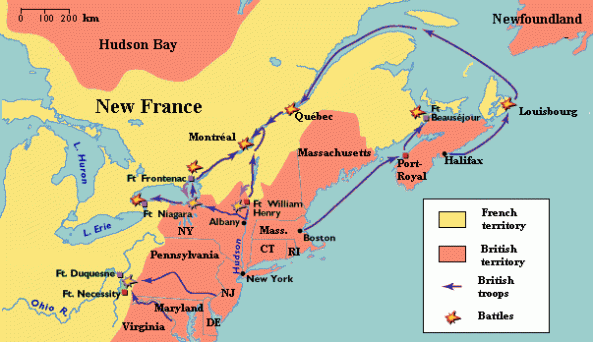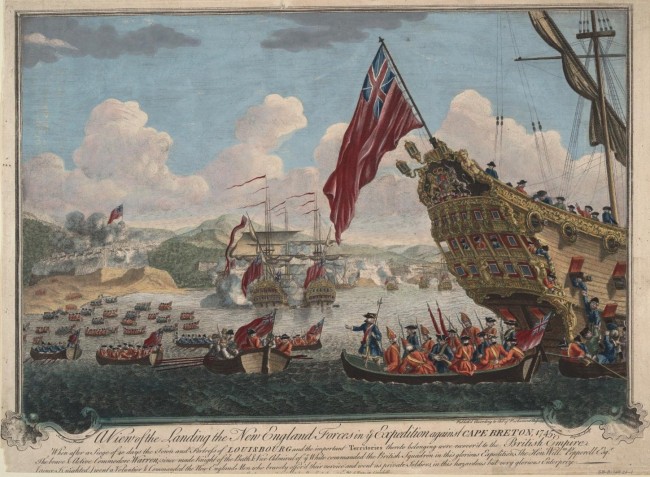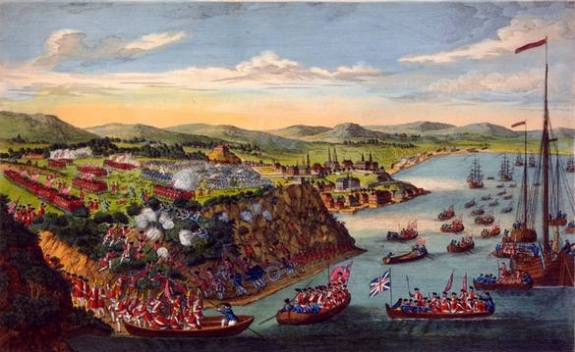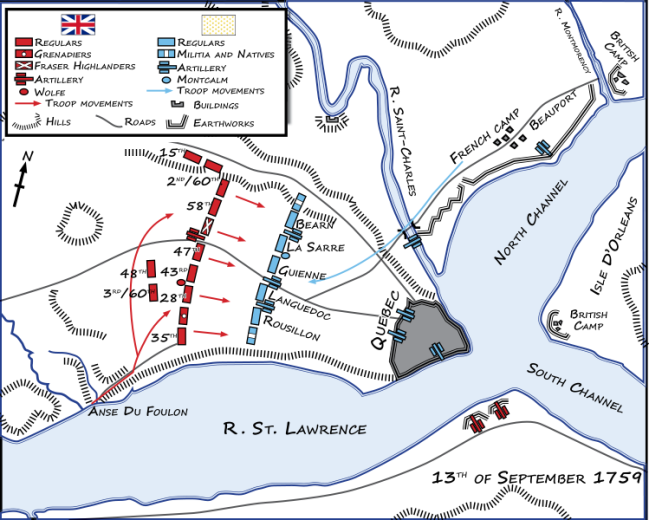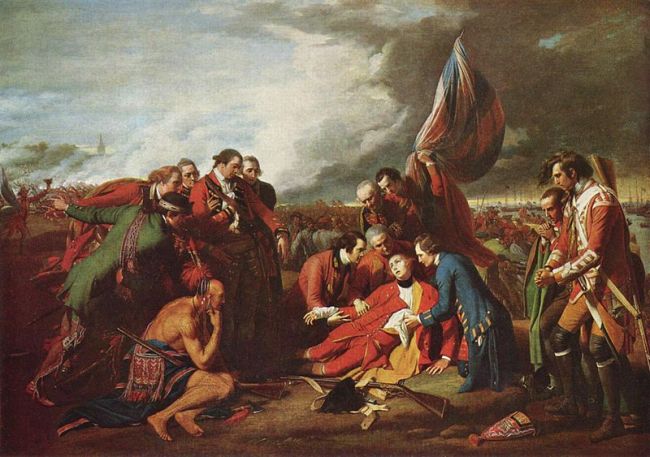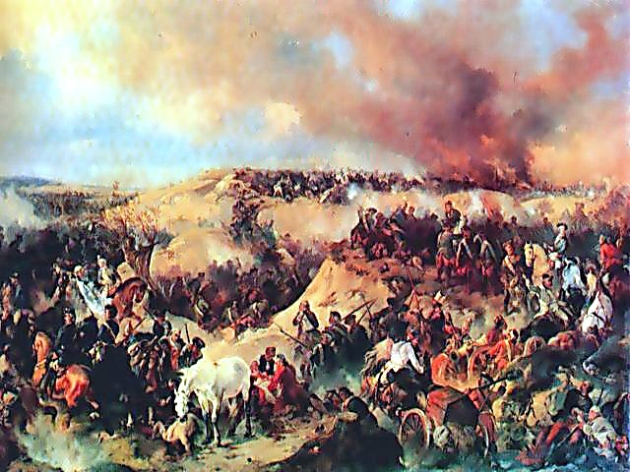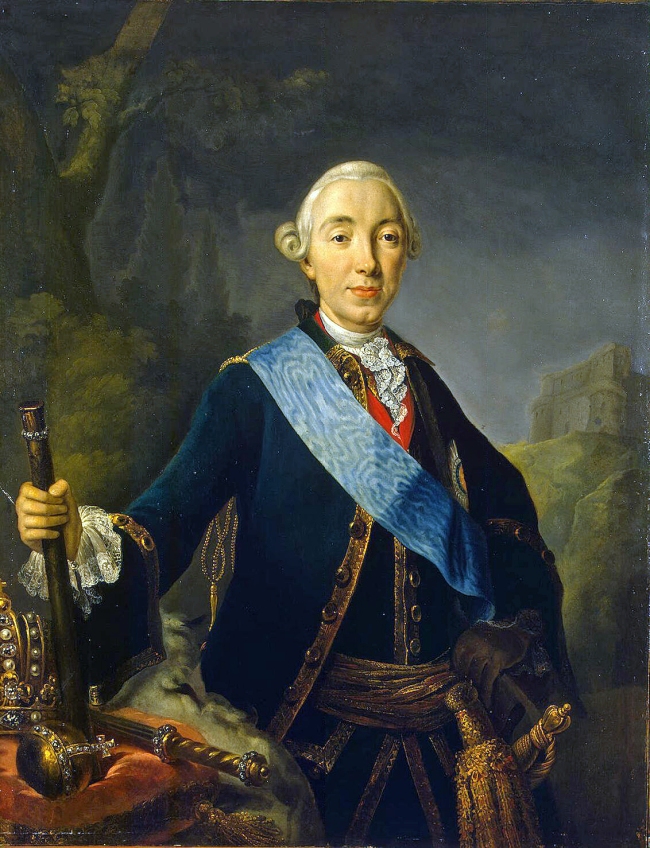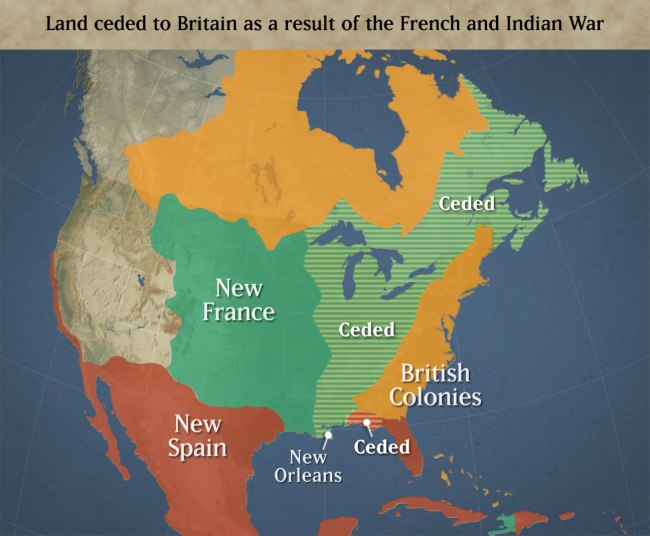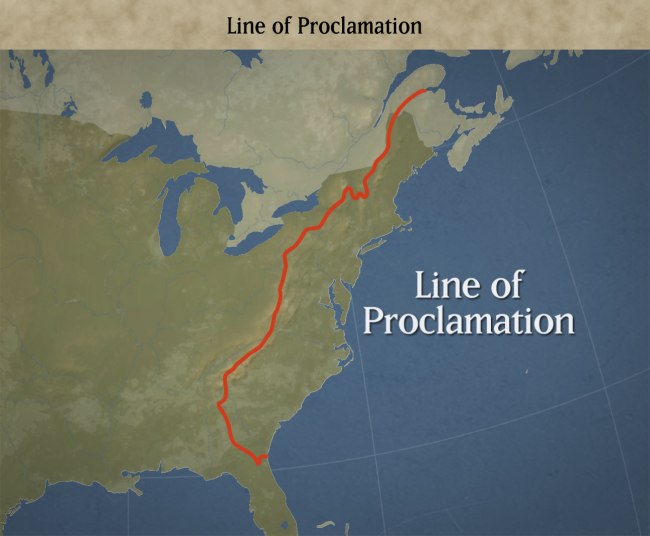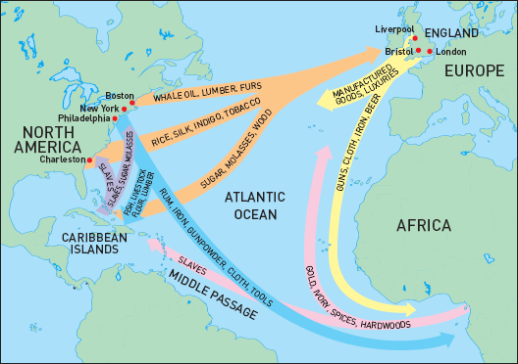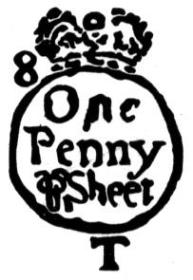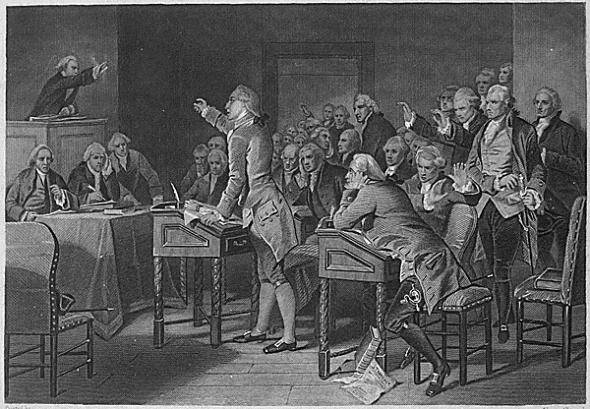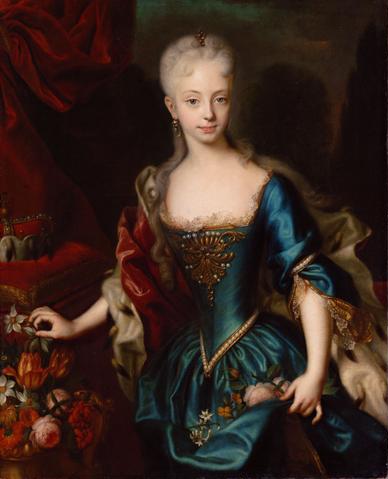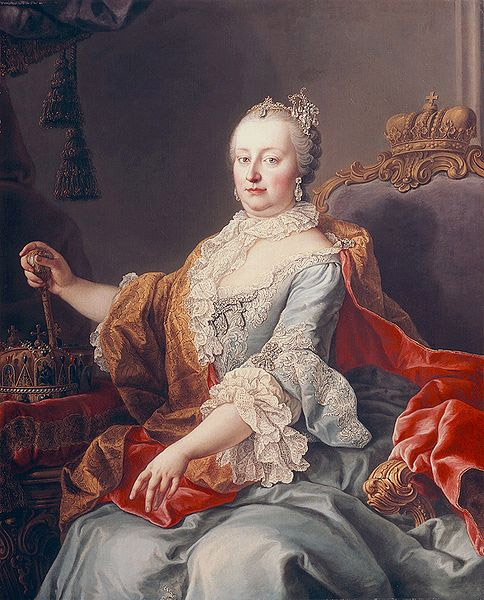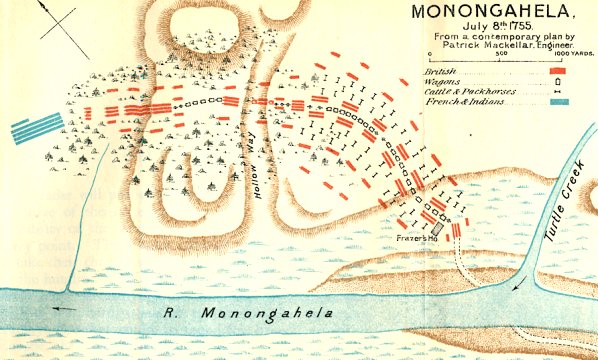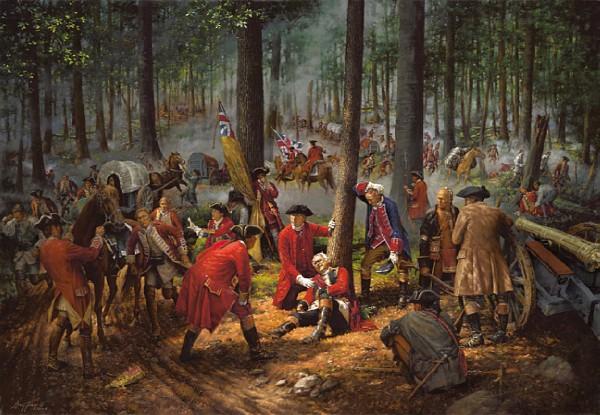I am so glad that this is already the fifth article of this series. In the last article we looked into the beginning of the French-Indian War; we will discuss the progress and end, and the post-war world.
The United States: A Road to Independence (5)
In the last scene in the last article, George Washington was able to rally the troops and retreat from the hell of the Monongahela forest. After this devastating defeat, Great Britain was seemingly alarmed and paid a lot of attention to the North American theater of the war with sending new generals. There were two major reasons for this.
The first reason was that the very reason why Great Britain joined the war was to defeat the French in colonial competition. In fact, in mainland Europe, Friedrich the Great was doing his work in the ‘real’ war and Great Britain served a passive role of financially aiding the cause. Instead, the empire was fighting France in India and Africa. Great Britain was able to spare some of their resources after the decisive victory by General Robert Clive at the Battle of Plassey in India in 1757.
The second reason was the new British Chancellor of the Exchequer(Secretary of State) William Pitt. This prominent figure, who later becomes the Prime Minister, knew what was needed to be done in order to win the war; he decided to channel their firepower on big cities such as Quebec and Montreal, not on the frontier like the Ohio River Valley. While sending Count Campbell to drill the colonial militia, Pitt focused on persuading other members of the cabinet to send in more troops.
(William Pitt showed how much bureaucracy could improve. If this guy remained in his office a little longer, the United States could not have achieved independence.)
France did not sit still either. Louis Joseph de Montcalm, war-hero from the War of Austrian Succession, came to the Americas. General Montcalm commanded the French regulars stationed in Canada and occupied Fort Ticonderoga and Fort William-Henry.
(General Montcalm blazed through present-day American-Canadian border as if he wanted to prove there had been no good commander in the British army.)
The Montcalm offensive reached a crescendo at the Battle of Carillon. Count James Abercrombie, a newly-appointed commander of the Red Coats of the time, marched his troops of 17,000 men to Lake Champlain and Fort William-Henry which was owned by the French now.
(Lake Champlain is in between New York and Quebec. Regardless of directions, you had to go through this region if you wish to move between New York and Quebec.)
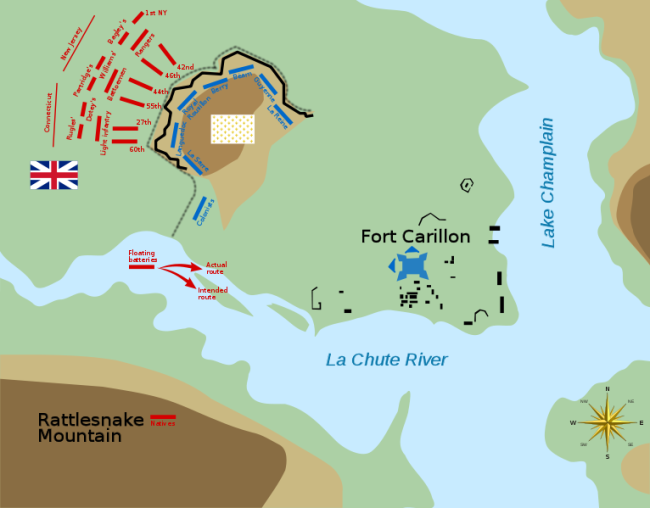 (The deployments at the Battle of Carillon. The blue team is the French; the red is the British.)
(The deployments at the Battle of Carillon. The blue team is the French; the red is the British.)
Arrogant and incompetent Count Abercrombie sent just the infantry to the fort only to be met by Montcalm’s strong defensive artillery fire. The British were destroyed due to their blunder. 17,000 Red Coats were routed by 3,400 not to mention it was a devastating defeat. British casualties were 1,900 while the French suffered only 200.
(The French troops praising the victory. However, their heroic triumphs will soon face an end.)
William Pitt, pissed off at the results, sent two aces to North America: General Jeffrey Amherst and Brigadier General James Wolfe. If these guys had screwed up, the political life of Pitt would have ended as well. However, that never happened.
(General Amherst was an experienced, well-thinking commander. He would later become the first governor of Canada, setting a precedent of the Canadian government of today. Personally, he was later appointed as the Commander-in-Chief of the entire British army, and was offered to fight the Americans during the Revolutionary War; his demand to have 75,000 was declined and Henry Clinton took the spot.)
(General Wolfe was a very brave man, although people thought he was kind of mad because of his excessive bravery and patriotism. However, he was considered to be good at ‘war.’)
Thanks to General Amherst’s excellent commanding skills, the British offensive was ignited. General Wolfe’s valor was outstanding at the Battle of Louisburg. The Red Coats conducted amphibious operations and besieged the fort for 44 days to occupy the strategic point.
(The attacking route of the imperial army. As shown in the map, it was necessary to gain control of Louisburg in order to advance to Quebec and Montreal by the sea.)
(The Red Coats’ landing party. Our bro James Wolfe’s boat was in front of everyone.)
On the 44th day of the siege, the British artillery fire broke down a part of the fort wall and 5,000 French troops surrendered. This opened the sea route to Great Britain. However, there were two hinderance that stopped General Wolfe from attacking Quebec right away. One was the brutal winter of Canada. Like in Europe, it was the best decision a commander can make to continue military campaigns during the winter of North America. The other reason was desease. A severe fever raided the camp of both sides, and Wolfe himself had to stay in bed for a few days.
These two factors that protected cornered General Montcalm and his French troops were gone by the summer of 1759. General Jeffrey Amherst, now the Commander-in-Chief of the British Army, decided to march his army separated in three. He, himself, would lead the first army to siege Fort Ticonderoga, Sir William Johnson would march the second army to Niagara, and General Wolfe would occupy Quebec with the last army.
General Louis Montcalm noticed such movements and concentrated his remaining army to Quebec. Now, the question was, since Wolfe would have to cross the Lawrence River, where he would cross the river. Montcalm sent patrols to possible river banks for amphibious operations, but Wolfe proves himself to be a ‘mad man’ indeed. He ordered his troops to land on rough cliffs, not ordinary river banks. Montcalm did not know this surprise attack was possible, and it was too late when he finally found out.
(The Red Coats climbing up the cliffs. We can see there was something different to this guy.)
(The troop deployments right before the Battle of Plains of Abraham. A good portion of the French troops was constituted by militiamen, unlike the British, who were 100% regulars.)
The worst disadvantage of the French was the inferiority in their firepower; the militia force in the center was the biggest hole. The militiamen routed when the British regulars marched, in their tight formations, within 40 yard distance of the French and gave them a volley. The British power was channel to the center and General Montcalm, furious of the the infidelity of the center, tried to command the unit himself but was killed by a cannonball through his belly.
General Wolfe, who was ordering his troops to pursue the enemy, was also shot in his wrist, stomach, and chest. As he fell down, he left his famous remarks: “Then tell Colonel RIver, to cut off their retreat from the bridge. Now, God be praised, I die contented.” His epic death would be found useful to Pitt’s political propaganda.
(Death of General James Wolfe, who led the war to British victory with General Amherst.)
As Quebec fell, Montreal was safe no more. General Amherst’s army occupied Montreal in 1760, thus ending the war with French loss of the Canadian territory; the war left the French with only the Louisiana territory in North America. Let’s go back to the European theater and how things went there.
Friedrich the Great’s plan to exclude Austria from the war by besieging Vienna failed due to the defeat at the Battle of Kolin. However, his heroic victory at the consecutive Battles of Leuthen-Lorsbach, despite the numerical inferiority of 1:3, the king showed off the Prussian might. In spite of these brilliant tactics, Prussia suffered devastating defeat at the Battles of Zorndorf and Kunersdorf, because Russia was able to join the war at this point. Since then, Friedrich carried a small locket that had poison in it so that he can kill himself if need be.
(The worst defeat Friedrich the Great had to taste. 50,000 Prussians fought against 59,000 troops of Austro-Russian alliance, and only 3,000 returned to Berlin.)
Dawning new year of 1762 brought a huge change to the war: Elizabeth of Russia died and was succeeded by Peter III, who was a huge fanatic of Friedrich II. What this guy first did was to make peace with Prussia, which was on the verge of total destruction. Russian withdrawal from the war at the speed of light blew away the minds of France and Austria that were resiliently fighting the British at their breaking point.
(Peter III looked like a piece of potato. Soon, he would be ousted by his own wife, who later becomes Catherine the Great.)
Friedrich sensed Austria’s disappointment to the cause and mustered his last troops to march to Austria. His brother Archduke Heinrich destroyed the Austrians at the Battle of Freiberg and ended the war with a glorious victory. In 1763, the Treaty of Paris ended the world war.
The Seven Years’ War had an enormous impact on North America. First, France left the Canadian region and ceded the territories east of the Mississippi to Great Britain. This deepened French hatred of the British. Secondly, the colonist of the Thirteen Colonies realized that the Red Coats were not invincible. Finally, a huge deficit in the imperial treasury was caused. Great Britain not only aided Prussia but also fought in numerous places around the globe and was at the breaking point.
(The orange territory was the British territory before the war and the light green regions were ceded by the French after the war. Great Britain’s colonial territories became 4-times bigger than it used to be.)
Until the war ended in 1763, Great Britain implemented the measurement of ’salutary neglect,’ which gave the colonies much autonomy. This policy never documentally existed and was named so later on, because it just happened to be that way. Anyway, thanks to the ‘Salutary Neglect,’ the colonists came to believe that they were equal to their fellow Englishmen back in their mainland. One good example is the Navigation Act, which forced the colonies to trade only with Great Britain. This law was passed in the Parliament in the early 18th century, although nobody cared due to the Salutary Neglect. However, as the French-Indian War ended, this would change.
First, Great Britain set an imaginary line named “the Proclamation Line of 1763” to halt colonial expansion, and enforced the Navigation Law more strictly. The Proclamation Line of 1763, actually, was intended to protect the frontiersmen and seek a diplomatic measure to settle the Native American issues peacefully. Despite these good intentions, this law aroused much colonial anger, for they thought, “Well, we bled to gain the land from the French and now that they left, you guys are stopping us?” The colonists simply flipped their finger to the British and continued to migrate through the Appalachian mountains. This caused conflicts between the Native American tribes and the frontiersmen, which was the worst case scenario for the British who wanted to lessen the deficit.
(The Proclamation Line of 1763. It was not a real line, nor was it guarded by the British military.)
The strictly enforced Navigation Law was hated by the colonists as well, because they, as mentioned before, thought that they were equal to the British. They said, “We are no less subjects of His Majesty than those in England, but how come we are not supposed to trade with other countries of our liking?” As they wanted to trade and the government forbade such actions, smuggling was prevalent and this would help the Revolutionary War.
(The Triangular Trade that took place between West Africa, North America, and Great Britain. Because of the Navigation law, the American colonies would officially trade only with Great Britain.)
The British regulars that were sent to North America were kept stationed in the Thirteen colonies. Now the problem was their upkeep, and the British government decided that the colonists must pay for it. This also contributed to colonial grudges against Great Britain, for they saw no more threat as the French left. They believed that the British forces were just occupying military provisions. The worst came as George Grenville, brother-in-law of William Pitt who was now the Prime Minister, was appointed as the governor of North American colonies. This guy proposed many aggressive resolutions.
In 1764, to make up for the deficit, the Imperial parliament passed the Sugar Act that was proposed by George Grenville. It charged every product of sugar some taxes, and was the first taxation law that were ever imposed to the colonies. In 1765, the Parliament also passed the Quartering Act and the Stamp Act. The Quartering Act meant that the colonists were obliged to provide the soldiers with food and shelter if the soldiers asked. and this brought a huge opposition. It would be prohibited in the Constitution later on. The Stamp Act necessitated people to put stamps on every piece of paper in the Thirteen colonies; every piece of paper ranged from legal documents to game cards.
(a stamp that was worth 1 penny.)
What the colonists really hated, in fact, was not the laws themselves but their principles. The principle that was implied in these laws was that the taxes on the products within the colonies could be just justified. They knew that Great Britain wanted to end the Salutary Neglect and start a closer influence, granting less autonomy to the colonies. A huge aggressive riot was yet to be started, although the phrase “No taxation without representation” was shouted out through North America.
Many bright-minded people agreed to have a meeting in New York city to denounce this law; the meeting would later be referred to as the Stamp Act Congress. Delegates from 9 out 13 were present.
(The Stamp Act Congress.)
There were two major resolutions passed by the Stamp Act Congress. The first was to boycott British products. Great Britain usually bought raw materials from the colonies, forged them into products, and sold them back to the colonies. The second resolution was to send an official letter of grievances to the imperial parliament. They thought it might work if educated persons, not an angry mob, would like to make a point, it could be considered seriously.
The government of Great Britain was surprised to face much opposition in the New World, and repealed the Stamp Act in 1766. However, they still passed the Declatory Act, which stated taht the right to levy tax on the colonies was held by the imperial government, not the colonial dominions and it was possible to combine all 13 colonies into one if need be. The law, to the colonists, looked like an overture to the storm that was coming.
We have looked into how the Seven Years’ War ended and the postwar effects on North America. In the next article, we will be discussing Boston Massacre and the people that were sucked into the maelstrom of the Revolutionary War.
